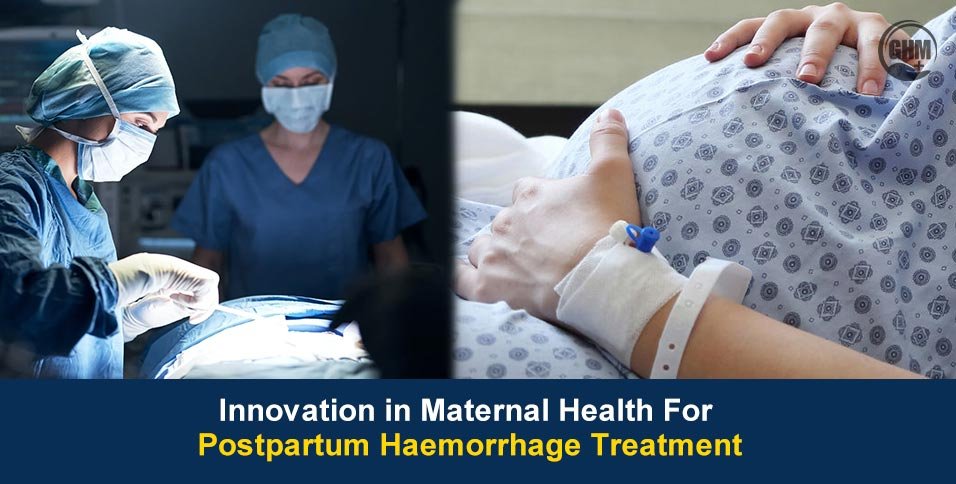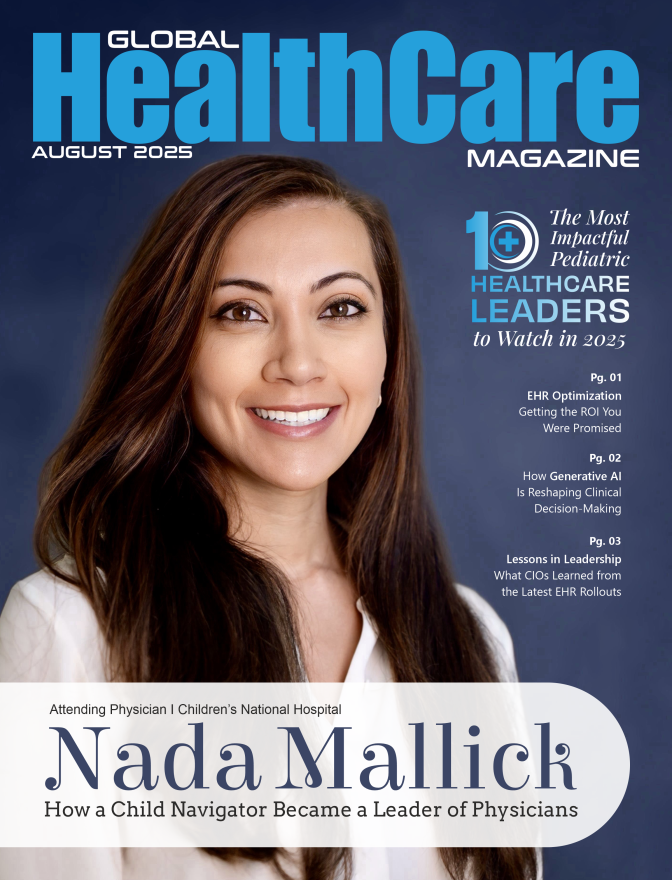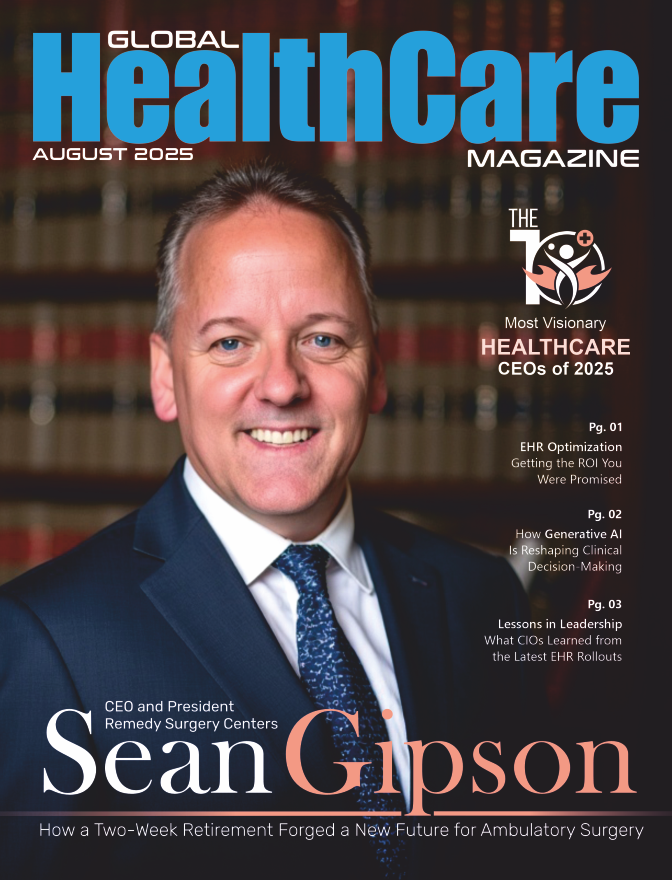Severe bleeding after childbirth, called as Postpartum haemorrhage (PPH), remains one of the leading causes of maternal deaths globally. Despite being preventable, it kills nearly 70,000 women each year, most of them in low- and middle-income countries.
The World Health Organisation (WHO), along with FIGO, ICM, and other health partners, has issued new recommendations to ensure quicker and more effective PPH response. These developments are expected to transform how healthcare providers approach one of the most dangerous childbirth complications.
In this article, learn about new research and global guidelines that are sparking change, as innovations in technology, training, and early detection are redefining postpartum haemorrhage treatment.
Significance of Postpartum Haemorrhage Treatment
- A preventable crisis: PPH is responsible for nearly a quarter of all maternal deaths worldwide.
- Delayed detection: Traditionally, blood loss over 500 mL was used to diagnose PPH. However, new evidence shows that significant danger can occur with lower volumes, especially in women with anaemia.
- Early intervention saves lives: Recognising bleeding earlier and standardising postpartum haemorrhage treatment protocols can cut deaths drastically.
Dr Mercedes Bonet, WHO’s maternal health expert, said, “Most women who die from postpartum haemorrhage could have survived if bleeding had been detected and treated earlier. Innovation in tools and training is critical.”
Technology Transforming Postpartum Haemorrhage Treatment
1. Smart Monitoring Devices
Emerging technology now allows continuous monitoring of vital signs such as heart rate, blood pressure, and oxygen saturation, helping clinicians spot early warning signs.
- Wearable sensors: Low-cost sensors track vital signs in real time and alert healthcare staff to potential haemorrhage.
- AI-assisted systems: Artificial intelligence can now analyse vital sign patterns to flag abnormalities even before visible bleeding occurs.
These smart tools aim to bridge the gap between detection and diagnosis, especially in low-resource settings where trained staff are few.
2. Quantitative Blood Loss Measurement Tools
Accurate measurement of blood loss is a cornerstone of modern solutions for postpartum haemorrhage.
- Calibrated blood collection drapes: These simple, inexpensive tools replace guesswork with precision by measuring exact blood loss after delivery.
- Optical and image-based estimation apps: Mobile apps using smartphone cameras analyse colour intensity to estimate blood volume loss, which is ideal for field clinics.
Such devices allow faster clinical decision-making and more consistent results in postpartum haemorrhage outcomes across regions.
3. Simulation-Based Training & Digital Learning
The new WHO “MOTIVE bundle” (Massage, Oxytocic, Tranexamic acid, IV fluids, Vaginal examination, Escalation) is at the heart of the latest postpartum haemorrhage treatment strategy. It is to implement it effectively, technology-driven training is key.
- Virtual reality (VR) simulations: These immersive modules train healthcare providers to respond to emergencies in real time.
- Mobile training apps: Apps now provide checklists, treatment algorithms, and refresher quizzes for midwives and nurses in remote areas.
- AI-based feedback: Training software can assess performance and suggest improvements after each simulation.
Such hands-on, technology-backed learning is helping standardise various methods to treat postpartum haemorrhage worldwide.
New Drug Delivery & Treatment Innovations
1. Fast-Acting Medications
WHO recommends early use of tranexamic acid, an affordable drug that reduces blood loss when administered within three hours of birth.
Innovative drug-delivery systems, such as prefilled syringes and single-use kits, ensure faster, safer ways for postpartum haemorrhage treatment in emergency settings.
2. Portable Infusion Systems
Battery-powered infusion pumps and gravity-driven IV systems are now being tested in rural hospitals to deliver fluids efficiently when electricity or advanced equipment is unavailable.
3. Uterine Balloon Tamponade Devices
Low-cost balloon devices, like the “Ebb” or improvised condom-catheter systems, are saving lives where surgical options are limited. These mechanical solutions apply gentle pressure to stop bleeding, representing a practical innovation to tackle postpartum haemorrhage.
Strengthening Early Detection through Data and AI
Data-driven decision-making is another game-changer to diagnose and understand postpartum haemorrhage.
- Predictive analytics: AI algorithms can now identify mothers at high risk, such as those with anaemia, prolonged labour, or multiple pregnancies. It allows clinicians to prepare in advance.
- Electronic medical records integration: Linking maternal health data from prenatal visits to delivery wards helps teams flag risk factors and plan preventive measures.
Such predictive systems enhance preparedness and make postpartum haemorrhage treatment more proactive than reactive.
Global Partnerships Driving Change
The WHO’s 2025 recommendations emphasise collaboration across healthcare systems.
- Public-private partnerships are funding innovations like low-cost monitoring kits and mobile diagnostic devices.
- Global training alliances, such as the “Helping Mothers Survive” initiative, use blended learning to teach thousands of midwives every year. It is a part digital, part hands-on initiative.
- Community empowerment: Educating families about warning signs ensures women reach hospitals earlier and helps prevent postpartum haemorrhage.
Challenges Ahead
Despite the promising advances, implementation remains uneven.
- Infrastructure gaps: Many low-resource hospitals still lack essential drugs or equipment.
- Training shortages: Without continuous education, many frontline workers remain unaware of new tools.
- Data limitations: Poor record-keeping prevents effective monitoring and evaluation of expected outcomes.
Overcoming these barriers will require sustained funding, government support, and better integration of health technology into national systems.
The Future of Maternal Health
The future looks promising as global health agencies align efforts to make childbirth safer.
Upcoming innovations include:
- AI-powered decision support apps that guide treatment step-by-step.
- Low-cost portable ultrasound devices to detect retained placenta.
- Remote mentorship programs linking rural midwives with obstetric specialists.
These initiatives, combined with evidence-based guidelines and scalable technology, are bringing the world closer to the goal of ending preventable maternal deaths by 2030.
Conclusion
Innovation is reshaping postpartum haemorrhage treatment, from smarter detection tools to advanced training methods. By combining technology, teamwork, and timely care, healthcare systems can ensure that no woman dies from a preventable cause during childbirth.


















